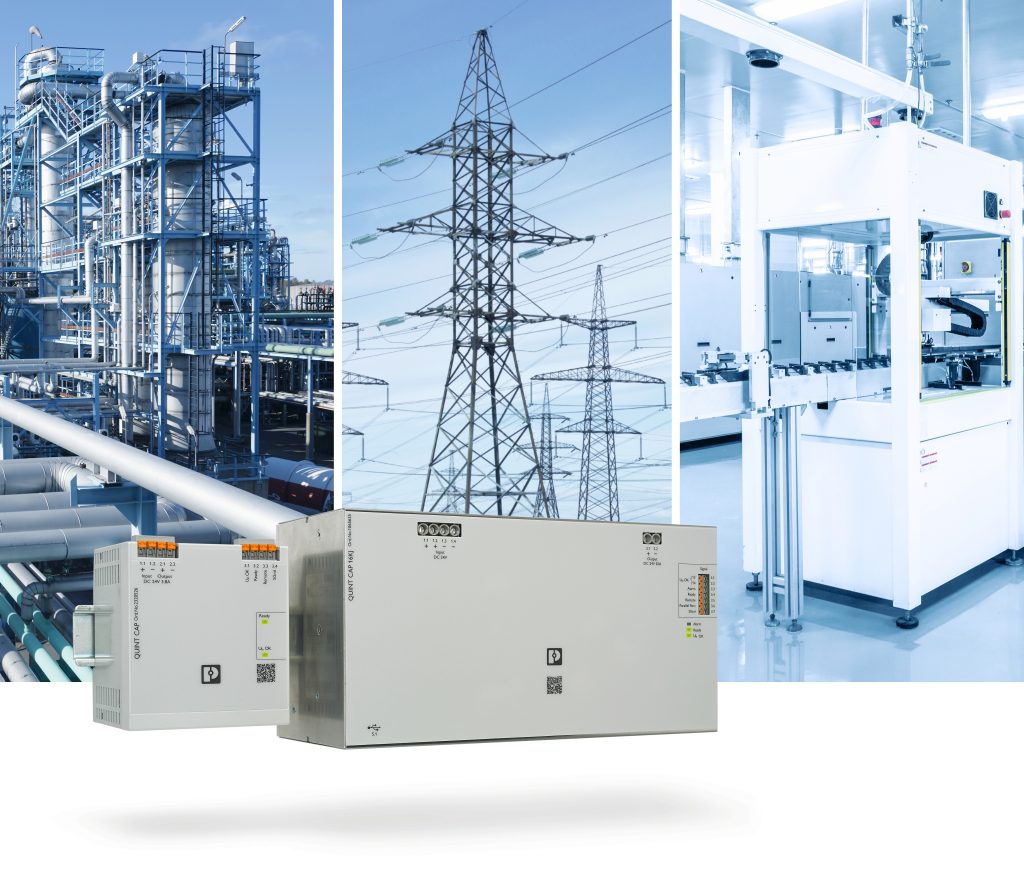Written by Mark Lloyd, Senior Product Manager- Power Supplies & Surge Protection
I have been involved with UPS systems for more years than I care to think of, and I can say that if a customer ever has a problem with a UPS more often than not it is the battery that is the issue.

At the end of the day a battery is essentially a box full of chemicals and they have to be treated with a certain amount of care. If a battery is left on a shelf in storage for too long without first being charged, the battery will self-discharge. It depends on the size of the battery (AH) but, typically, the larger the battery capacity, the longer the time you have before the battery needs to be recharged. Once it is charged you have a similar amount of time before it needs to be charged again if it is not put to use right away.
Batteries (particularly lead acid) are very sensitive to extremes of temperature. Too hot and the battery life will be reduced. Typically, you can half the lifetime for every 10 degrees above 20oC. If it’s too cold a lead acid battery could stop working. Standard lead acid (VRLA) batteries do not like temperatures below 0oC.
What alternatives are there?
Batteries are good for buffering loads for long durations, depending on the load and the battery size, this can be for many hours. However not all applications require that long on battery, this is where capacitor-based solutions can come into their own. Simple buffer modules, for example, can bridge loads in the millisecond to low seconds range. This is often enough to counteract short duration power losses or brownouts. For longer duration backup it would be worth considering using a Capacitor module.
The QUINT4 CAPs are complete UPS modules where capacitors are used as the energy storage. This means they can be fed directly using an AC to DC power supply and the unit will switch over to stored energy if there is a loss of mains, or if the input voltage is above or below prescribed levels.
The major advantages of this technology over traditional batteries are extended lifetime, typically 15 years, and ability to operate over a wider temperature range of -25 to + 60oC.
The amount of energy that a Capacitor module can deliver is stated in Kilojoules (KJ) and the range starts at 1KJ (3.8A), up to 4KJ(5A) then 8KJ (10A) and the latest being a 16KJ (20A) module shown here.

How much back up time will I get?
Taking, as an example, a load of 1A, the 1KJ module will buffer for 30s, the 4KJ for 3 mins, the 8KJ for 5 mins and the largest 16KJ will buffer for at least 10 minutes.

Except for the smallest 1KJ device, all QUINT4-CAPs can be configured using the new free-to-download Power Management Suite software. (I will talk about that in a future blog or email me if you want to discuss now).
One last thing to mention…the newest 16KJ CAP module has been designed in such a way that additional comms interfaces can be incorporated easily in the existing design, and later this year we will be releasing Profinet and Ethernet IP networkable versions too.
So, if your application only requires a short back up time, it may be more cost effective for you to opt for a capacitor-based solution instead.
For more information, contact Mark on 07717 335477 or email mlloyd@phoenixcontact.com

